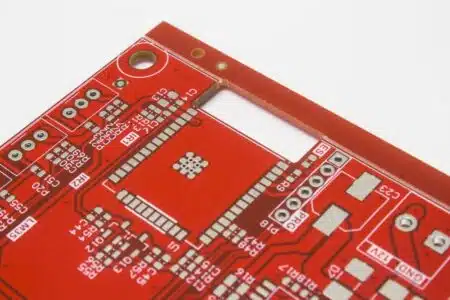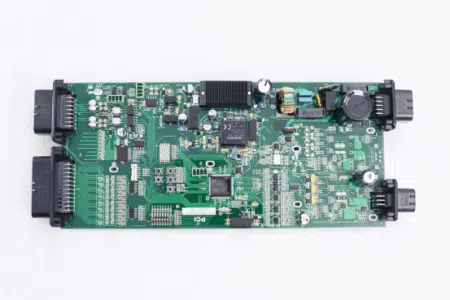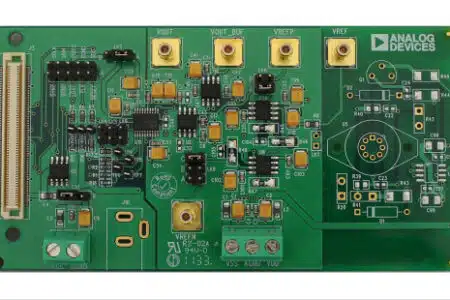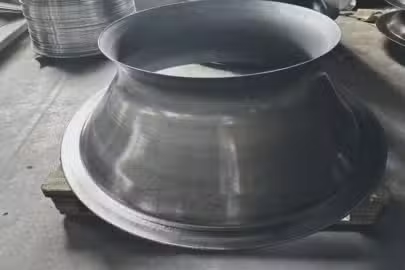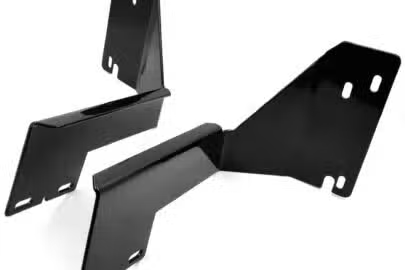ZTL TECH is now Zintilon. We’ve updated our name and logo for a fresh start. Check Now
SMT PCB Assembly
Surface-Mount Technology (SMT) is the core process of PCB Assembly (PCBA). Components are placed flat on copper pads and soldered in a single reflow cycle—no holes, no wave, delivering delivers high density, high speed, low cost and high reliability for mass production.
- Maximum panel size 54 inches
- Maximum panel thickness 0.450 inches
Start a new PCB Quote

Please compress all .gbr files before uploading
All uploads are secure and confidential
Our SMT PCB Assembly Service
Zintilon offers advanced SMT assembly from prototype to small-batch. From solder-paste printing to final AOI, we provide efficient, reliable SMT solutions.We support
SMT PCB Assembly Materials
| Category | Typical Grade / Spec | Key Parameters | Notes |
| Solder paste | SAC305 (Type 4) | Melting 217–221 °C, Ag 3.0 % | Lead-free mainstream |
| Low-temp paste | SnBiAg (Type 5) | Melting 138–172 °C | For FPCs, temperature-sensitive LEDs |
| No-clean flux | ROL0 | Halogen 0 ppm, SIR >1×10¹² Ω | Automotive requirement |
| SMT adhesive (red glue) | EP-138 | Cure 150 °C / 90 s | Used only for second-side wave; pure SMT obsolete |
| Stencil | Laser + electro-polish 304 | 0.10–0.15 mm; area ratio ≥0.66 | Step stencil for 0.3 mm pitch |
| Nitrogen | N₂ 99.9 % | O₂ <500 ppm | Reduces voids & tombstones |
SMT PCB Assembly Surface Finishes
| Finish | Thickness | Solder | Key Points | Typical Use |
| ENIG | Ni 3–5 µm + Au 0.05 µm | ★★★★★ | Flat, wire-bondable, 12 mo shelf | BGA, fine-pitch, gold-wire |
| ENEPIG | +Pd 0.05 µm | ★★★★★ | Al/Au wire, highest reliability | Automotive, mil, 5G |
| OSP | 0.2–0.5 µm | ★★★☆☆ | Lowest loss, 6 mo shelf | RF, 0201/01005, low-cost |
| Immersion Ag | 0.15–0.3 µm Ag | ★★★★☆ | Low loss, sulfur-sensitive | 5G antenna, mmWave |
| HAL-LF | SnCu 1–2 µm | ★★★★☆ | Cheap, reworkable | Large-pad power boards, LEDs |
Why Choose Our
SMT PCB Assembly Service?
One-on-One Quotation
Upload your Gerber files and get a quote within 24 hours. Our engineers review your design to avoid misunderstandings and offer competitive pricing.
High-Quality Production
We strictly control materials, processes, surface finishes, AOI, and flying probe tests to ensure consistent quality from prototype to mass production.
Fast Delivery
With advanced equipment and a professional team, we prioritize your order based on complexity and urgency.
Instant Communication
We provide full technical support from quote to delivery. We respond quickly to any questions until you receive your PCBs and are fully satisfied.
SMT PCB Assembly Tolerances
and Standards
We follow the tolerance standards of ISO 2768 (medium grade, fine grade) and ISO 286 (grade 8, 7, 6). You are welcome to emphasize it in the drawings or communicate with the sales for higher precision needs. We follow ISO2768m by default in the absence of special requirements.
Component Placement
Spec Component shift
Source/Remarks ≤25 % pad width for chip parts (IPC Class 2)
Spec QFP/BGA offset
Source/Remarks ≤15 % pad width
Spec Same component orientation
Source/Remarks align along X or Y to reduce pick-place rotation
Spec Edge clearance
Source/Remarks ≥3 mm (V-cut side ≥5 mm) to avoid conveyor clamps
Spec BGA keep-out
Source/Remarks ≥3 mm from board edge, slots, mounting holes
Spec Heavy parts
Source/Remarks spread symmetrically, center of gravity on PCB neutral axis
Spec Heaters
Source/Remarks ≥1 W devices spaced ≥5 mm; sensitive parts ≥10 mm from heat sources
Pads & Stencil
Spec Stencil thickness
Source/Remarks 0.10–0.15 mm; 0.3 mm pitch use 0.08 mm step-down
Spec Area ratio
Source/Remarks round aperture ≥0.8, rectangular ≥0.66
Spec BGA pads
Source/Remarks diameter = 0.8–1.0 ball diameter; no via-in-pad or plated-filled only
Spec 0201/01005
Source/Remarks use IPC-7351 “NSMD” library, 0.05 mm rounded corners
Reflow Profile (SAC305 Lead-Free)
Spec Ramp
Source/Remarks 1–3 °C/s
Spec Soak
Source/Remarks 150–190 °C, 60–90 s
Spec Peak
Source/Remarks 235–245 °C
Spec Time above liquidus
Source/Remarks 40–70 s
Spec Cooling
Source/Remarks ≤6 °C/s
SMT PCB Assembly Guidelines
Ensure precise tolerances, select appropriate materials, maintain clear CAD designs, and follow toolpath optimization for best results. Zintilon delivers accuracy, quality, and consistency in every machined part.
Item
Spec
Source/Remarks
Chip Component Offset
Spec ≤ 25% of Pad Width
Source/Remarks IPC-A-610 G Class 2
QFP/BGA Offset
Spec ≤ 15% of Pad Width
Source/Remarks High-Precision Vision Alignment System Acceptance
Orientation of Similar Components
Spec Uniformly along X or Y axis, with consistent polarity direction
Source/Remarks Reduce placement machine rotation axis movements and lower component mismatch rate
Component to Board Edge
Spec ≥ 3 mm (≥ 5 mm for V-CUT edges)
Source/Remarks Prevent component damage from conveyor clamps and board splitting/cracking
BGA Keep-Out Area
Spec ≥ 3 mm from board edges, slots, and mounting holes
Source/Remarks Avoid high-stress areas and prevent solder joint cracking
High-Mass Components
Spec Distributed and symmetric layout, with center of gravity aligned to PCB geometric center
Source/Remarks Reduce warpage after reflow and conveyor jamming
Heat-Generating Components
Spec ≥ 5 mm spacing between each other when power ≥ 1 W; ≥ 10 mm distance between sensitive components and heat sources
Source/Remarks Reduce local thermal island effect
Our SMT PCB Assembly Service for Various Industrial Applications
Prototyping and production parts from Zintilon have been applied to the various walks of life. The brilliant custom CNC machining service simplifies the process of obtaining good-quality production parts.
SMT PCB Assembly FAQs
Our maximum CNC machining part size is 3000 mm x 2200 mm x 1100 mm.
Our CNC machining standard tolerances range from plus or minus 0.001mm.
The cost of CNC machining is determined by the material, machining costs, labor costs, and the tooling and surface finish involved. Feel free to contact us for a quick quote.
Got any more questions?
Ultimate Guide
to SMT PCB Assembly
to SMT PCB Assembly
SMT PCB Assembly Manufacturing
Various and Robust CNC Machining Services

Process 1
Prototyping
Zintilon's rapid prototype service bridges the gap between product concept and market during the product development. Advanced CNC machines such as Hermle 5 axis cnc milling centers, multiple international certifications, and top-notch CMM inspection ensure the accuracy and details of the prototype, meeting high standards of quality requirements.
- Advanced Technology: CNC, CMM inspection, elite engineers etc.
- Quick Response: full support to ensure problem solved.
- Customized service: customize precision machining solutions

Process 2
Production
Zintilon's on-demand production solution provides customers with a modern, efficient and customer-oriented production solution through its flexibility, high quality standards by our robust supply network and self-owned CNC shop, strict quality control inspection, etc.
- Reasonable planning: precision resource allocation to ensure quick cycle time.
- Machining SOP : advanced technology and strict QC processes.
- Flexible Production: from rapid prototyping (1-20pcs) to low-volume production (20-1000pcs).
Let’s Build Something Great, Together
